
What makes a film truly influential? Is it the ground-breaking special effects, unforgettable storytelling, or perhaps its cultural impact that transcends generations? The history of cinema is filled with movies that have not only entertained but also shaped the very fabric of filmmaking. From silent classics to modern blockbusters, these movies have left an indelible mark on the industry and continue to inspire filmmakers and audiences alike. Join us as we look at 33 of the most influential films in cinema history, where each title has played a pivotal role in transforming the art of storytelling on the big screen. Ready to dive in?
1
of 33
City Lights
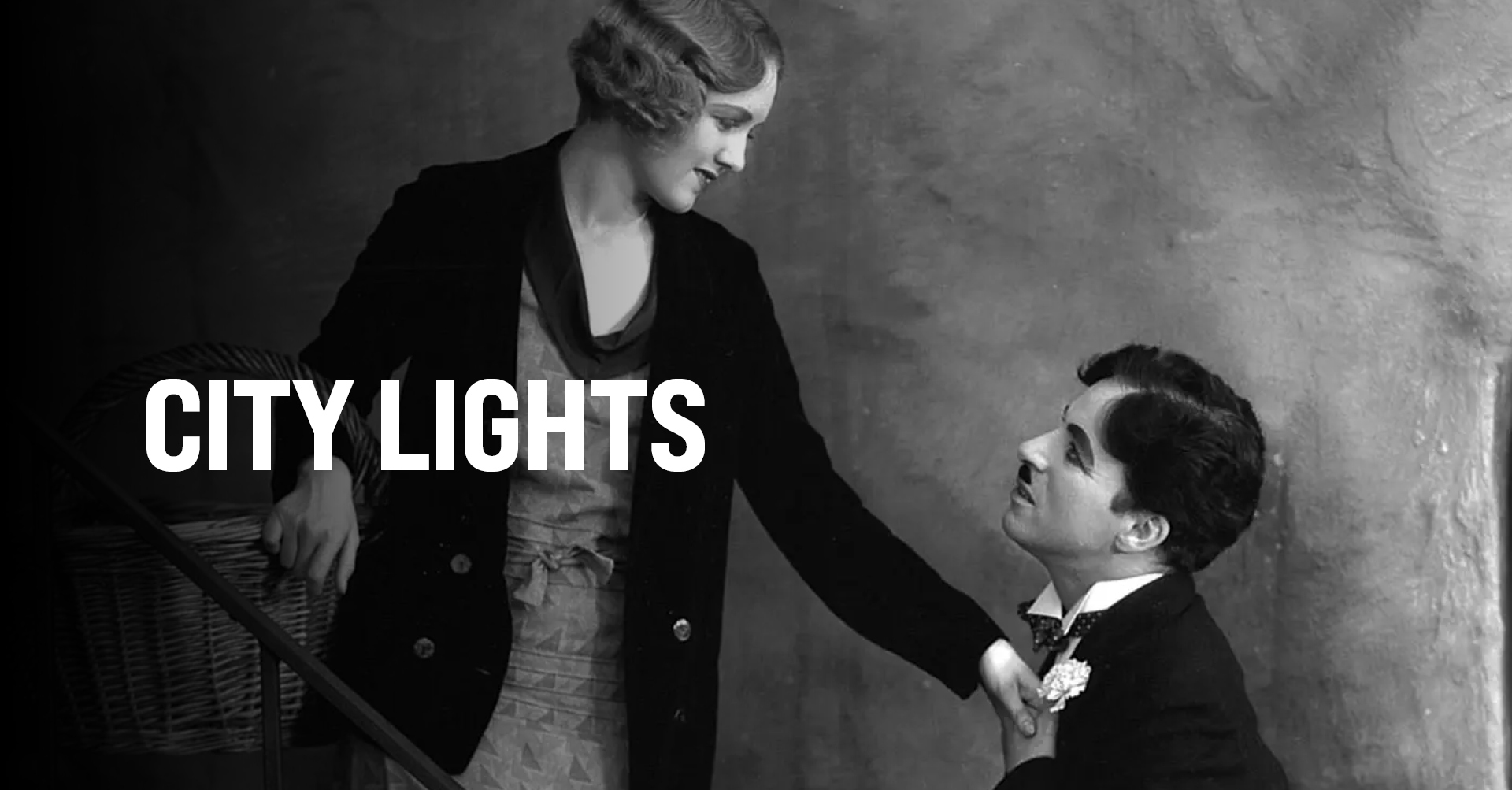
City Lights, directed by Charlie Chaplin, is a timeless classic known for its heartfelt narrative and Chaplin’s iconic Tramp character. Released in 1931, it seamlessly blends comedy with poignant social commentary, making it one of the most influential films in cinema history. The film’s enduring charm and Chaplin’s masterful storytelling continue to astound audiences worldwide.
Read More About City Lights: 33 Facts About The Movie City Lights
2
of 33
The Graduate
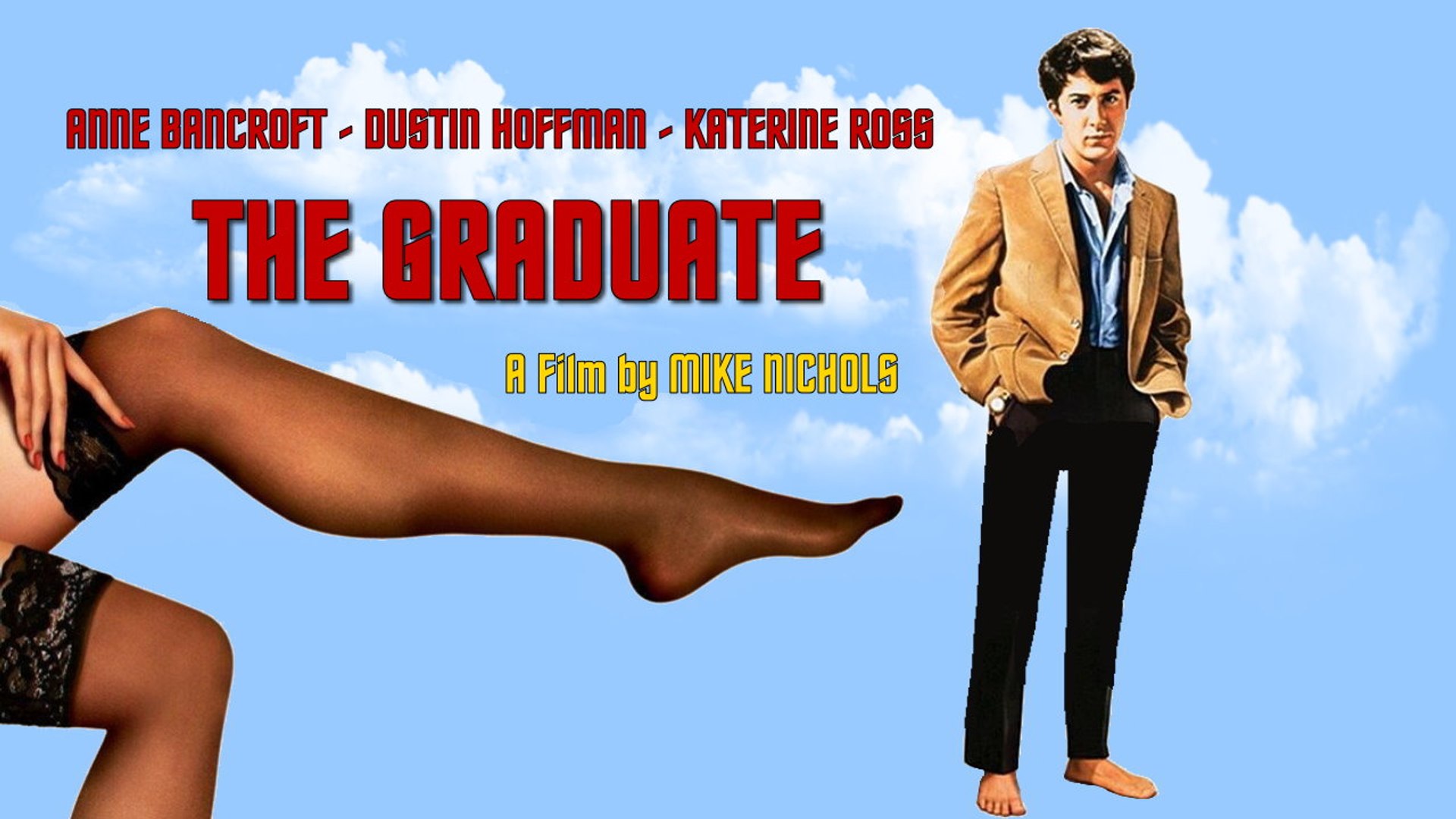
“The Graduate,” directed by Mike Nichols, revolutionized cinema with its unconventional storytelling and iconic soundtrack. Released in 1967, it captured the disillusionment of the younger generation and challenged societal norms, making it a cornerstone of 1960s counterculture. Dustin Hoffman’s breakout performance and the film’s provocative themes continue to resonate with audiences today. Discover more about this ground-breaking film.
Read More About The Graduate: 44 Facts About The Movie The Graduate
3
of 33
The Sound Of Music
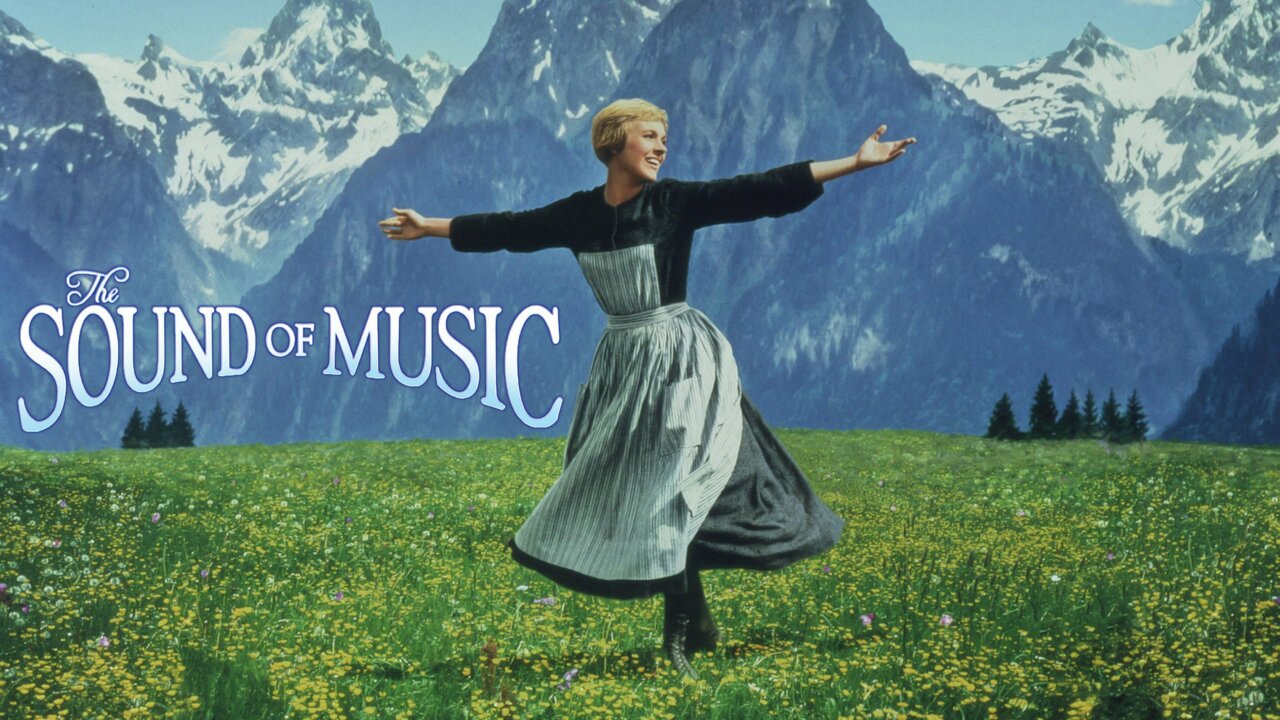
“The Sound of Music,” directed by Robert Wise, remains one of the most beloved musicals in cinema history. Released in 1965, it captured the hearts of audiences with its memorable songs, stunning scenery, and heart-warming story of love and resilience in the face of adversity. Julie Andrews’ iconic performance as Maria, combined with the film’s timeless appeal, has ensured its enduring popularity for generations.
Read More About The Sound Of Music: 41 Facts About The Movie The Sound Of Music
4
of 33
Apocalypse Now
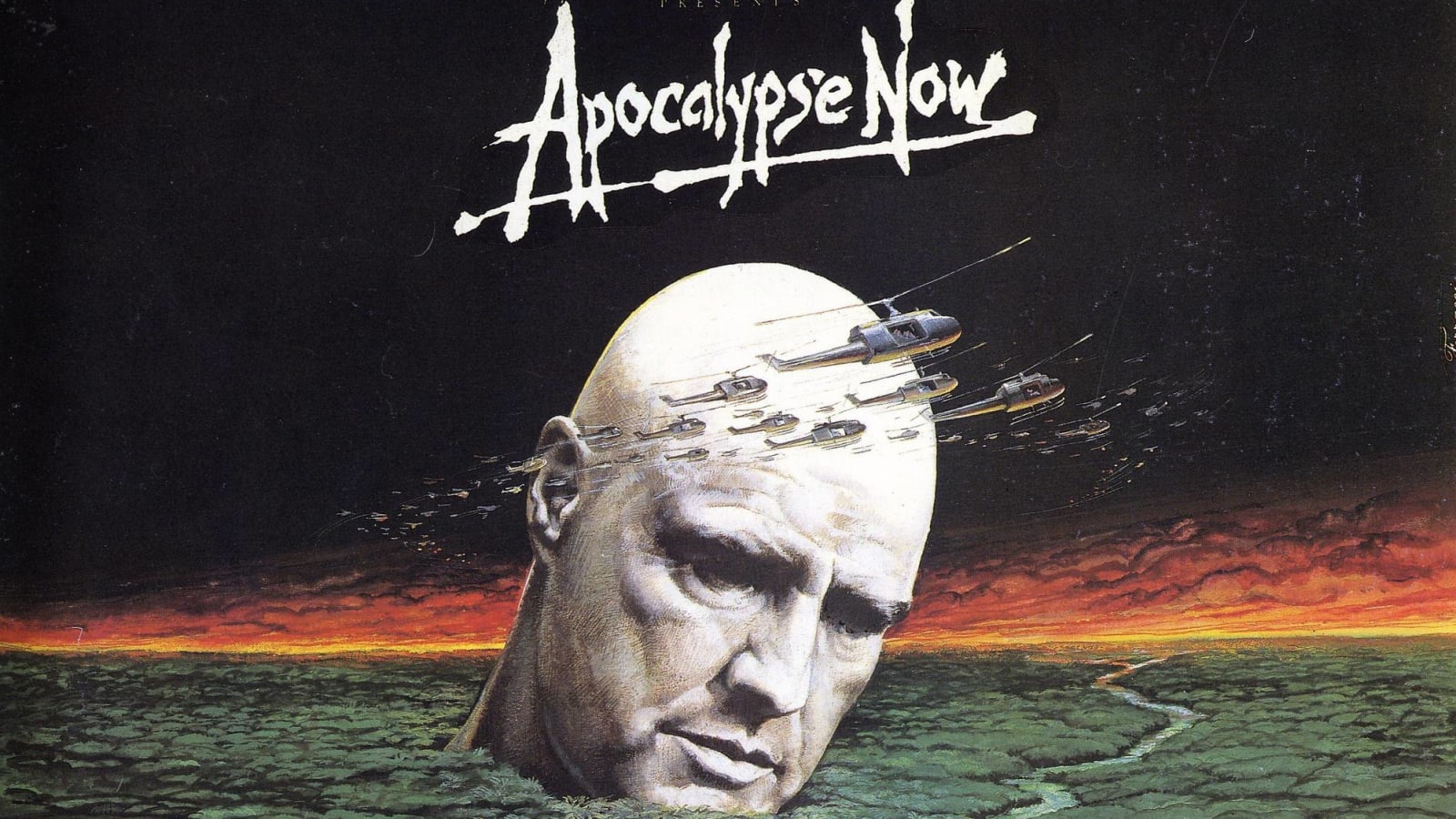
“Apocalypse Now,” directed by Francis Ford Coppola, is a cinematic masterpiece that delves into the horrors of war and the darkness of the human psyche. Released in 1979, it mesmerized audiences with its stunning visuals, haunting soundtrack, and powerful performances, particularly by Marlon Brando and Martin Sheen. Through its surreal narrative and visceral imagery, the film challenges viewers to confront the moral ambiguity of conflict. Explore the depths of this influential work by watching it one more time.
Read More About Apocalypse Now: 36 Facts About The Movie Apocalypse Now
5
of 33
The Shawshank Redemption
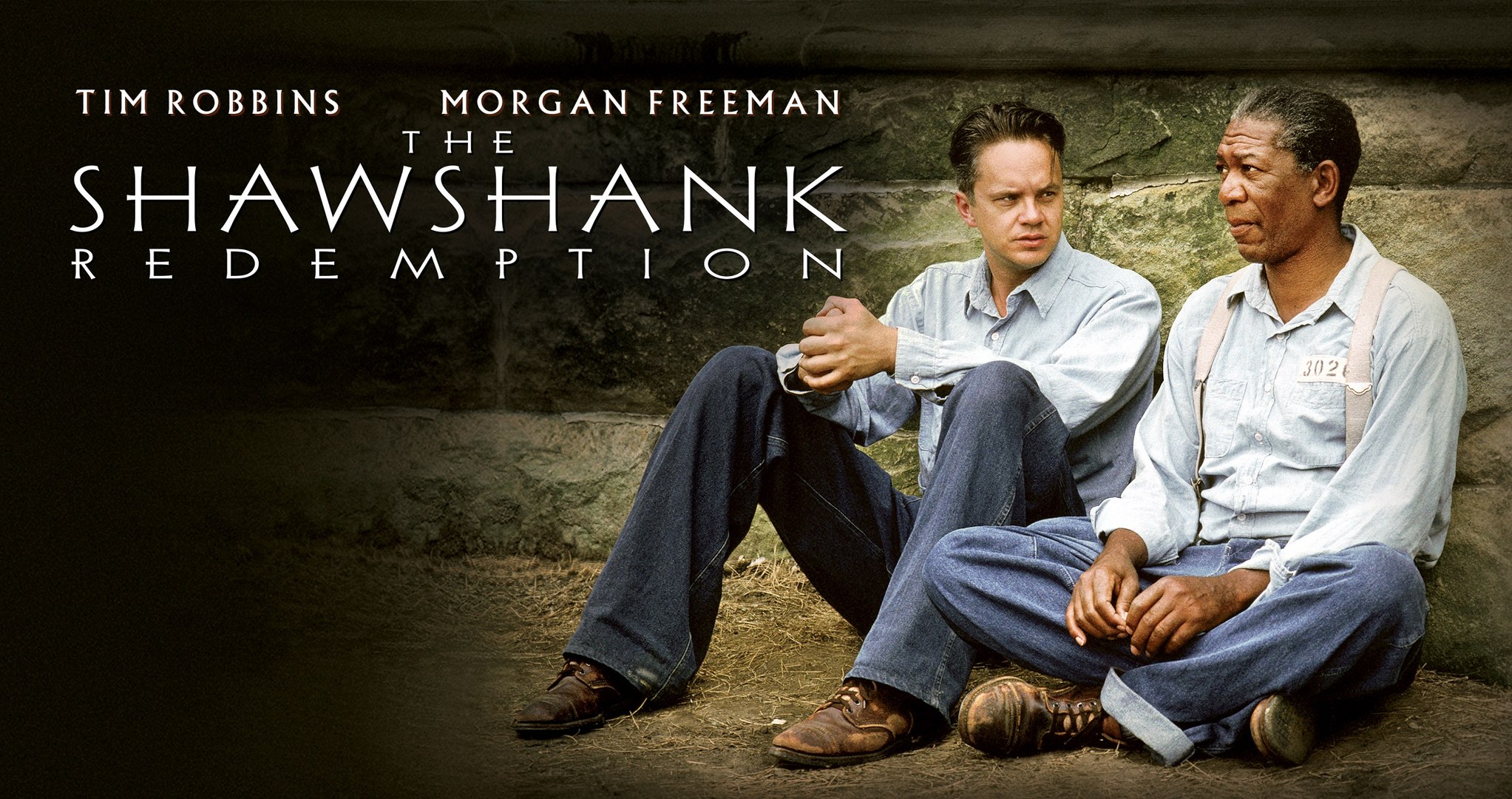
“The Shawshank Redemption,” directed by Frank Darabont, is a poignant tale of hope, friendship, and redemption set within the confines of the Shawshank State Penitentiary. Released in 1994, it resonated with audiences for its compelling narrative, stellar performances by Tim Robbins and Morgan Freeman, and its timeless message about the resilience of the human spirit. Through its portrayal of camaraderie and perseverance, the film has earned its place as a classic in cinema history. Delve into the details of this enduring masterpiece in our in-depth article.
Read More About The Shawshank Redemption: 46 Facts About The Movie The Shawshank Redemption
6
of 33
The Great Dictator

“The Great Dictator,” directed by Charlie Chaplin, is a satirical masterpiece that boldly confronts tyranny and fascism. Released in 1940, it showcases Chaplin’s genius as both a comedic performer and a filmmaker, as he delivers a powerful message of tolerance and human dignity. Through its witty dialogue, brilliant physical comedy, and poignant moments, the film remains a timeless classic that continues to inspire and provoke thought.
Read More About The Great Dictator: 43 Facts About The Movie The Great Dictator
7
of 33
Pulp Fiction
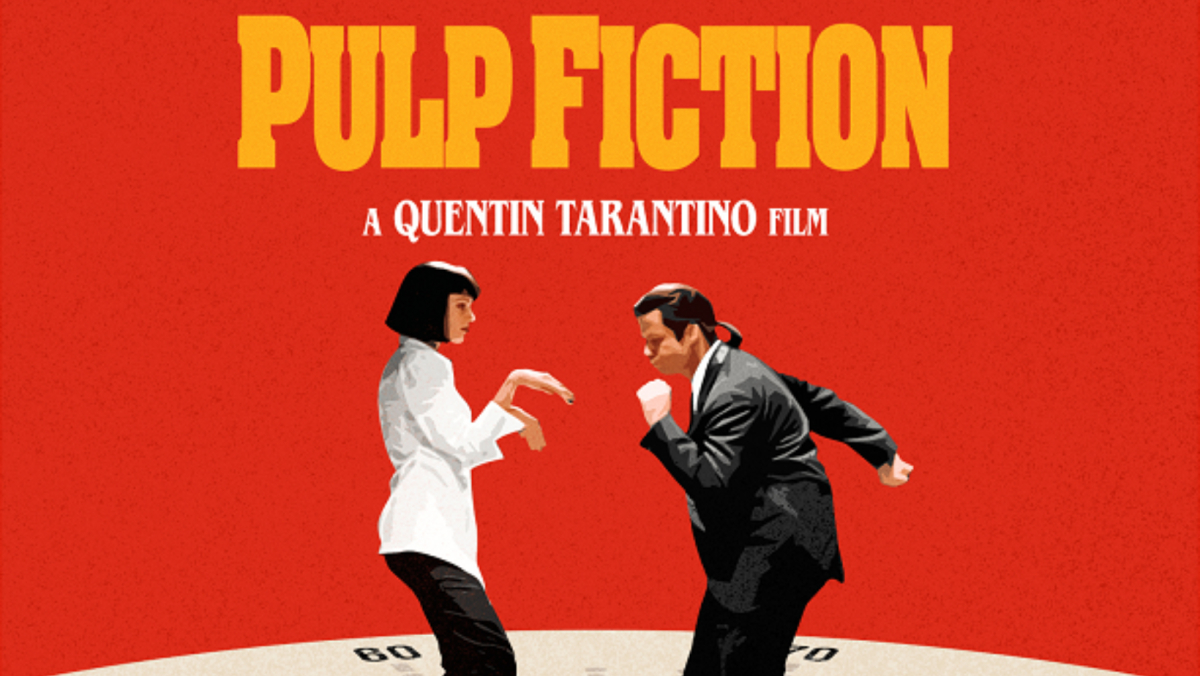
“Pulp Fiction,” directed by Quentin Tarantino, is a ground-breaking film that defies traditional narrative structure and revitalizes the crime genre. Released in 1994, it achieved cinematic prominence for its non-linear storytelling, razor-sharp dialogue, and unforgettable characters portrayed by an ensemble cast. Tarantino’s bold direction and innovative style reshaped cinema for a new generation and solidified his status as a visionary filmmaker. Uncover the secrets and behind-the-scenes stories of this iconic masterpiece in our detailed article.
Read More About Pulp Fiction: 31 Facts About The Movie Pulp Fiction
8
of 33
E.T.: The Extra-Terrestrial
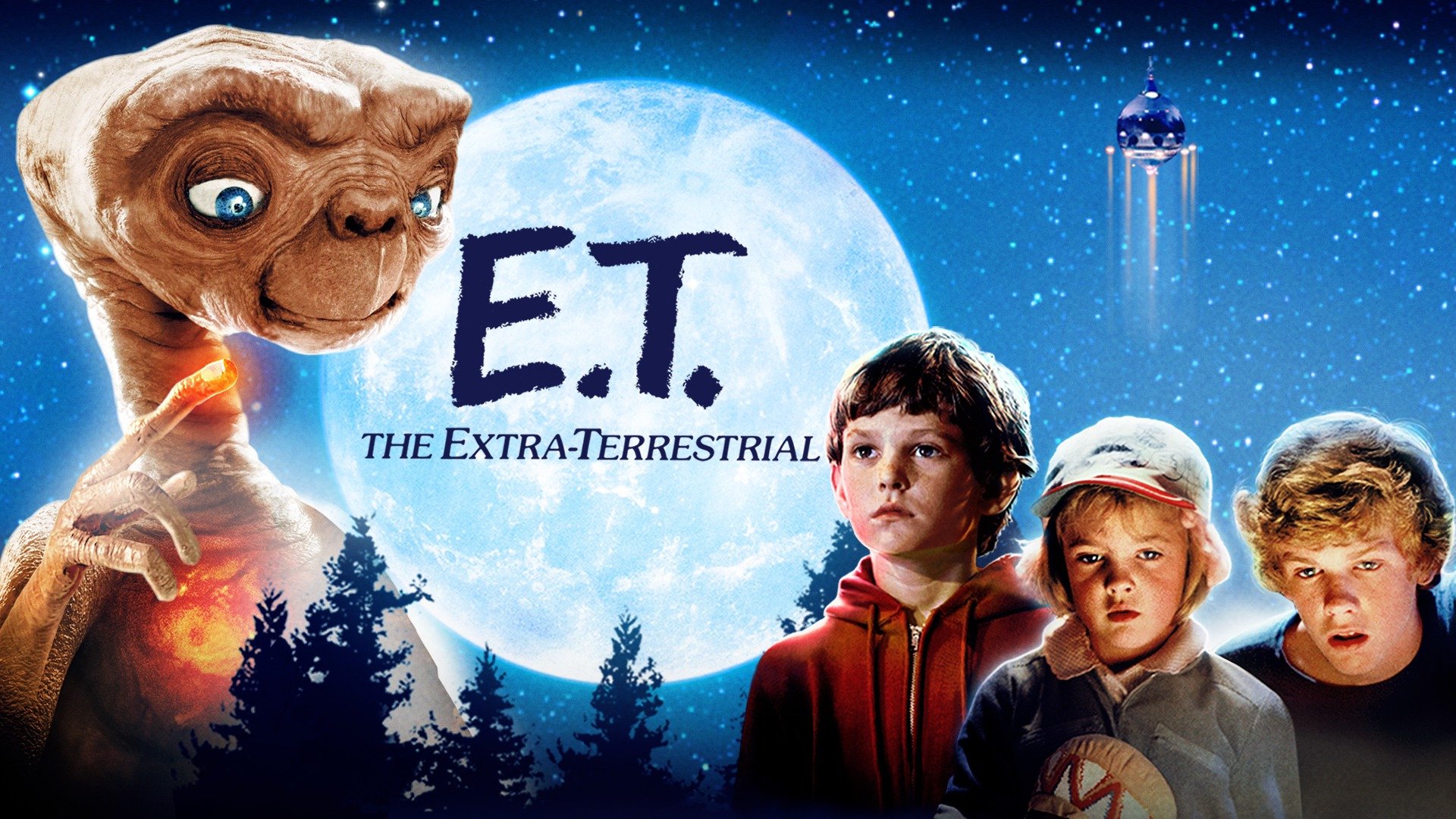
“E.T.: The Extra-Terrestrial,” directed by Steven Spielberg, is a heartwarming tale of friendship and adventure that captured the imagination of audiences worldwide. Released in 1982, it follows the extraordinary bond between a young boy named Elliott and a friendly alien stranded on Earth. Through its enchanting storytelling, groundbreaking special effects, and iconic moments, the film has left an indelible mark on popular culture and continues to evoke nostalgia for viewers of all ages. Discover fascinating insights into the making of this beloved classic in our exclusive article.
Read More About E.T.: The Extra-Terrestrial: 38 Facts About The Movie E.T.: The Extra-Terrestrial
9
of 33
A Trip To The Moon
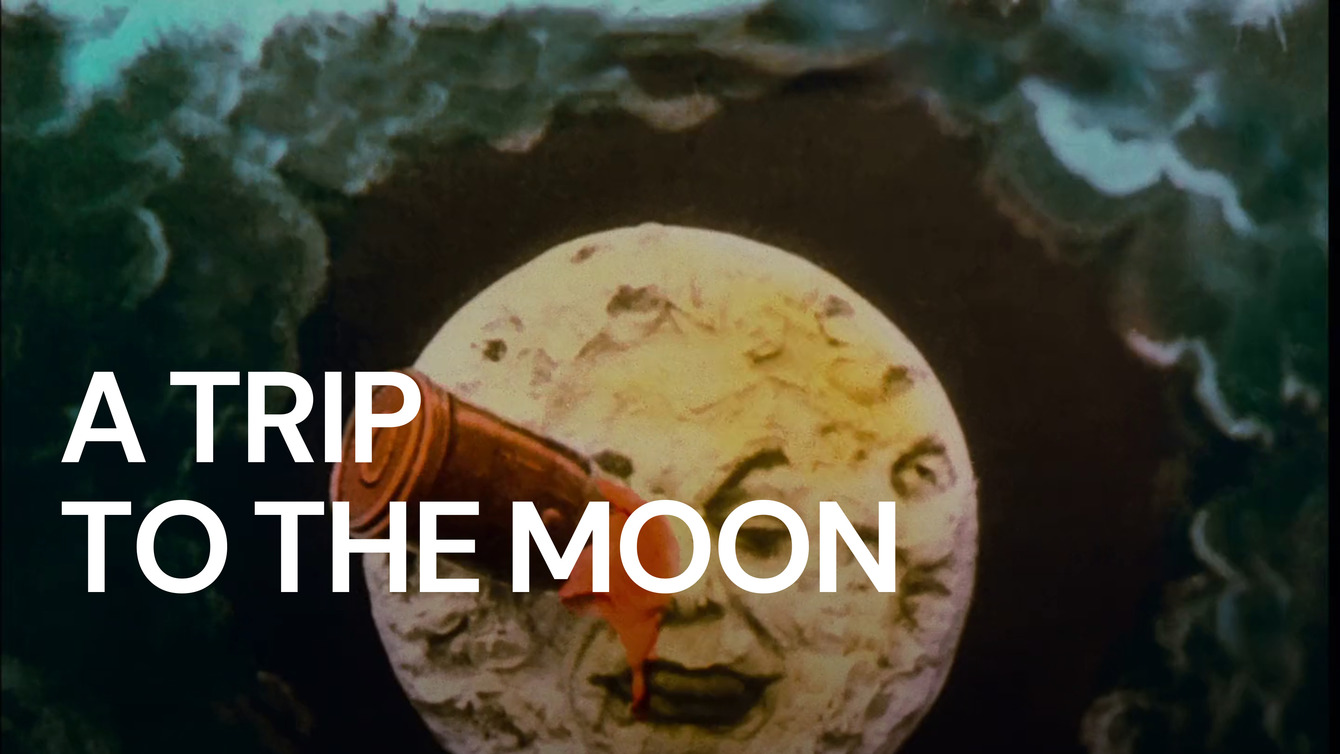
“A Trip to the Moon,” directed by Georges Méliès, is a pioneering silent film that revolutionized the science fiction genre. Released in 1902, it showcases Méliès’ innovative use of special effects and imaginative storytelling, depicting a group of astronomers involved in fantastical journey to the moon. Through its whimsical charm and ground-breaking techniques, the film remains a timeless classic that has influenced generations of filmmakers. Explore the enchanting world of early cinema and discover the magic behind this iconic film in our comprehensive article.
Read More About A Trip To The Moon: 42 Facts About The Movie A Trip To The Moon
10
of 33
Jaws
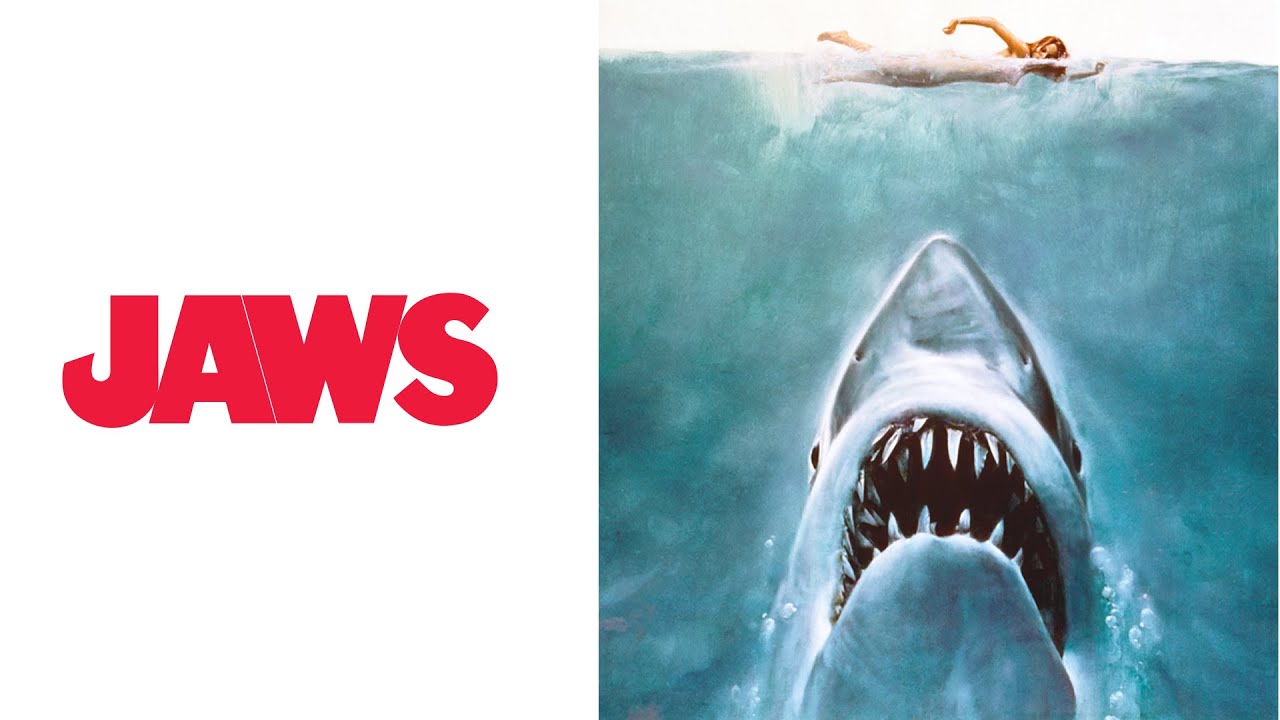
“Jaws,” directed by Steven Spielberg, is a cinematic masterpiece that redefined the horror genre and instilled a deep fear of the ocean in audiences worldwide. Released in 1975, it follows a small seaside town terrorized by a giant man-eating shark, and the efforts of a group of unlikely heroes to stop it. Through its suspenseful storytelling, iconic score, and ground-breaking special effects, the film continues to thrill viewers to this day. Dive into the depths of this classic thriller and uncover its fascinating secrets in our exclusive article.
Read More About Jaws: 34 Facts About The Movie Jaws
11
of 33
King Kong

“King Kong,” directed by Merian C. Cooper and Ernest B. Schoedsack, is a pioneering masterpiece that introduced audiences to the awe-inspiring world of giant monsters and adventure. Released in 1933, it follows the story of a colossal ape captured from a remote island and brought to New York City, where he wreaks havoc before meeting his tragic fate atop the Empire State Building. Through its ground-breaking special effects, thrilling action sequences, and the timeless theme of beauty and the beast, the film remains a landmark achievement in cinema history. Discover the fascinating behind-the-scenes stories and enduring legacy of “King Kong” in our comprehensive article.
Read More About King Kong: 47 Facts About The Movie King Kong
12
of 33
Blade Runner
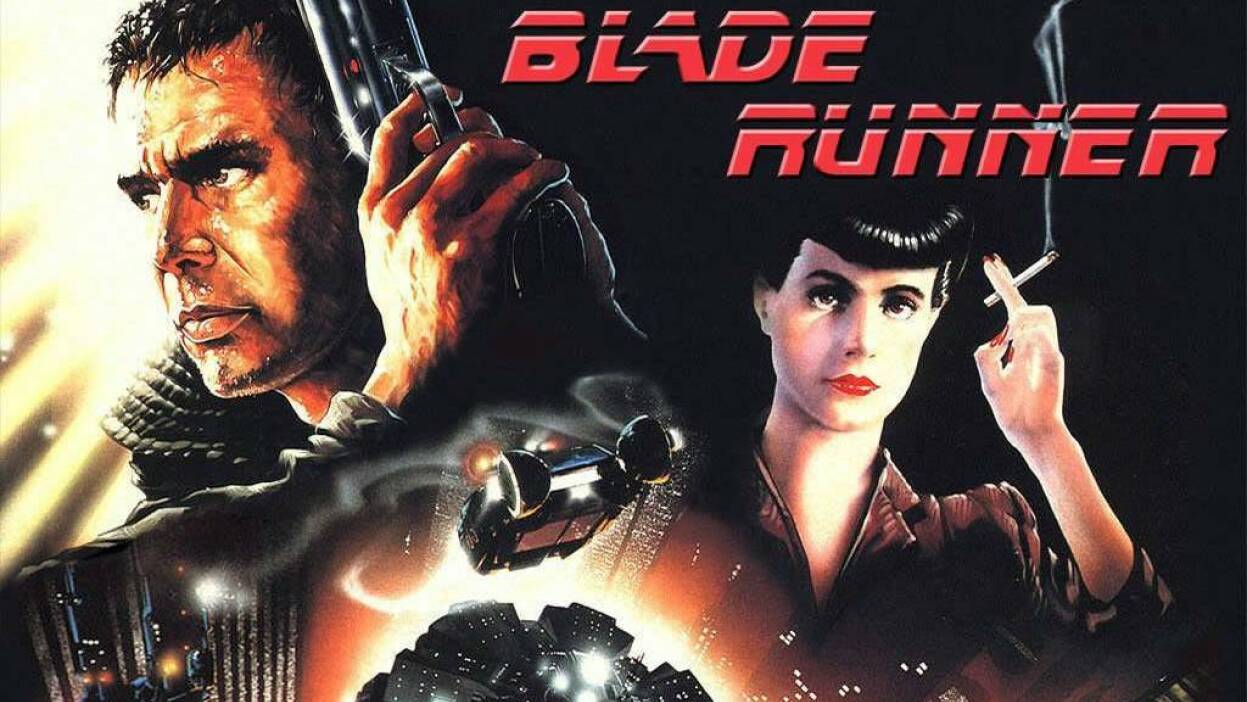
“Blade Runner,” directed by Ridley Scott, is a visionary sci-fi noir masterpiece that explores themes of identity, consciousness, and the nature of humanity. Released in 1982, it transports viewers to a dystopian future where synthetic humans known as replicants are hunted down by special operatives known as blade runners. Through its stunning visuals, evocative score, and thought-provoking narrative, the film has influenced countless works in the genre. Enter the immersive world of “Blade Runner” and uncover its fascinating secrets.
Read More About Blade Runner: 49 Facts About The Movie Blade Runner
13
of 33
Modern Times
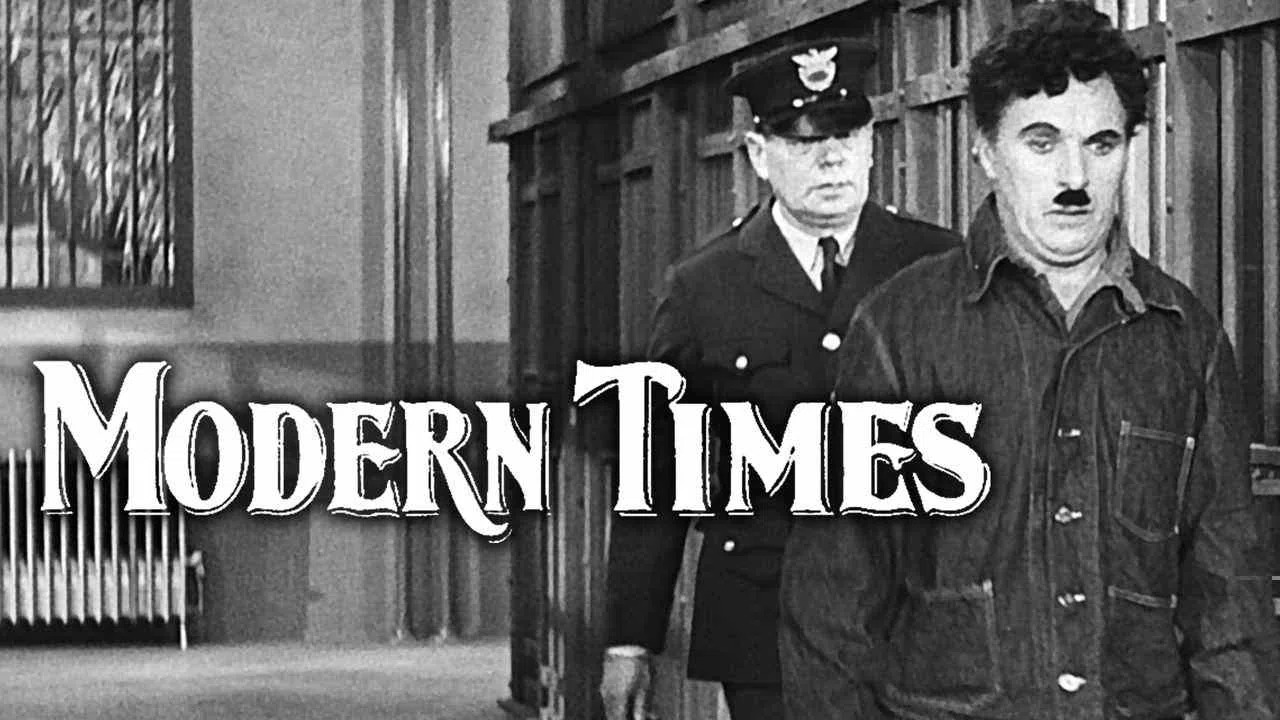
“Modern Times,” directed by Charlie Chaplin, is a timeless satire that cleverly critiques the dehumanizing effects of industrialization and modernity. Released in 1936, it follows the misadventures of Chaplin’s iconic Tramp character as he navigates the challenges of the modern world, including assembly line work and technological advancements. Through its inventive slapstick comedy and poignant social commentary, the film remains a poignant reflection on the human condition and the struggle for dignity in an ever-changing society. Explore the enduring relevance and timeless charm of “Modern Times” in our illuminating article.
Read More About Modern Times: 47 Facts About The Movie Modern Times
14
of 33
The Searchers
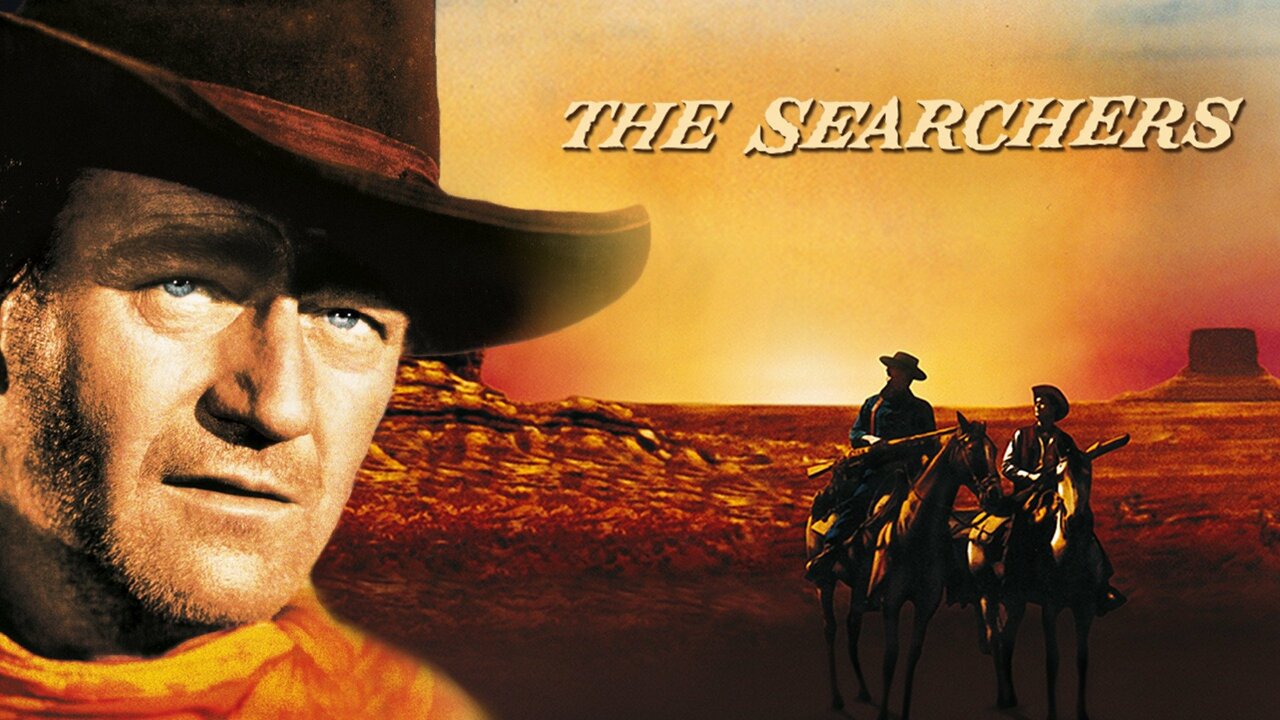
“The Searchers,” directed by John Ford, is a landmark Western film that explores themes of obsession, revenge, and redemption against the backdrop of the American frontier. Released in 1956, it follows Ethan Edwards, portrayed by John Wayne, on a relentless quest to rescue his niece from Comanche raiders, blurring the lines between heroism and moral ambiguity. Through its breathtaking cinematography, complex characters, and nuanced storytelling, the film has left a permanent mark on the Western genre, inspiring generations of filmmakers.
Read More About The Searchers: 32 Facts About The Movie The Searchers
15
of 33
Bicycle Thieves

“Bicycle Thieves,” directed by Vittorio De Sica, is a neorealist masterpiece that explores the struggles of post-World War II Italy through the lens of a simple yet powerful story. Released in 1948, it follows a desperate father’s quest to find his stolen bicycle, which he needs for work to support his family. Through its raw emotion, stark realism, and social commentary, the film offers a poignant portrayal of poverty, dignity, and the human condition. See “Bicycle Thieves” and experience its timeless relevance.
Read More About Bicycle Thieves: 33 Facts About The Movie Bicycle Thieves
16
of 33
Lawrence Of Arabia
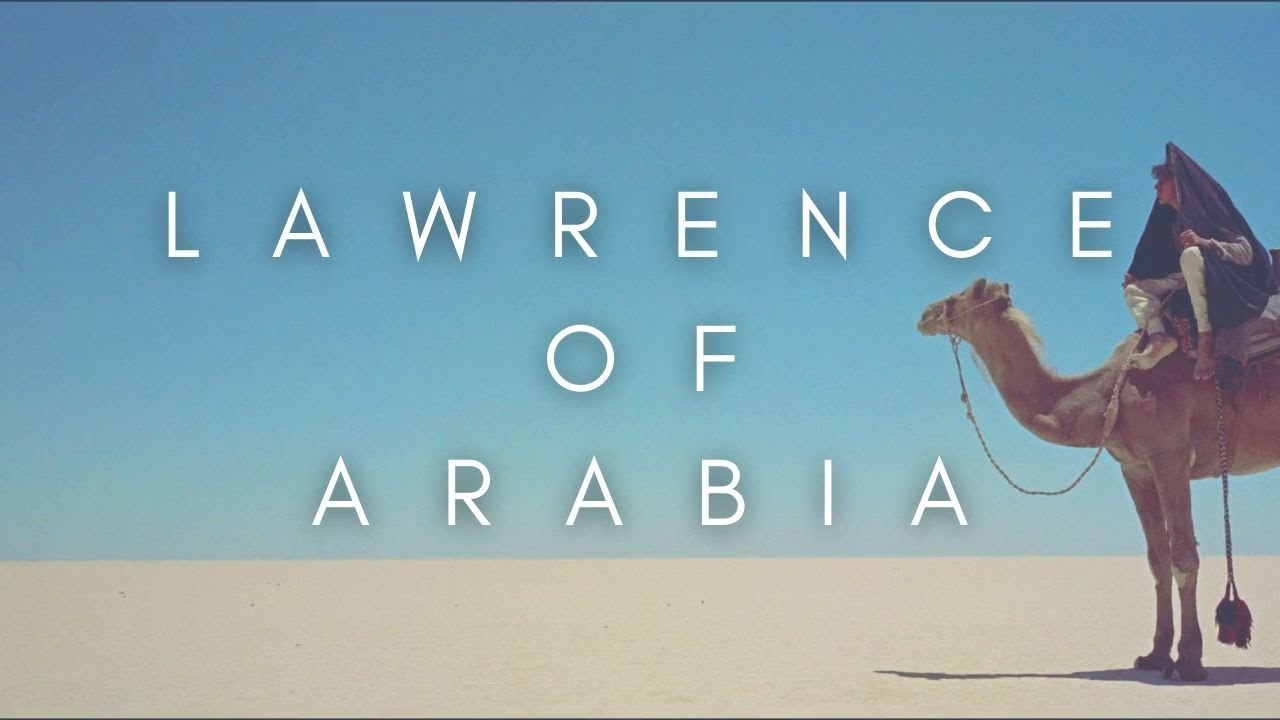
“Lawrence of Arabia,” directed by David Lean, is an epic masterpiece that chronicles the extraordinary journey of T.E. Lawrence during World War I. Released in 1962, it follows Lawrence’s exploits in the Arabian Peninsula, where he becomes a pivotal figure in the Arab Revolt against the Ottoman Empire. Through its breathtaking cinematography, sweeping score, and Peter O’Toole’s mesmerizing performance, the film captures the essence of adventure, heroism, and the complexities of war. Embark on a cinematic journey through the sands of Arabia and uncover the enduring legacy of “Lawrence of Arabia.”
Read More About Lawrence Of Arabia: 44 Facts About The Movie Lawrence Of Arabia
17
of 33
Raging Bull

“Raging Bull,” directed by Martin Scorsese, is a raw and visceral masterpiece that delves into the turbulent life of boxer Jake LaMotta. Released in 1980, it explores themes of violence, self-destructiveness, and redemption through LaMotta’s tumultuous career and personal struggles. Through its stunning black-and-white cinematography, powerful performances by Robert De Niro and Joe Pesci, and Scorsese’s unflinching direction, the film immerses viewers in the brutal world of professional boxing and the human psyche. Step into the ring with “Raging Bull” and uncover its profound impact on cinema.
Read More About Raging Bull: 35 Facts About The Movie Raging Bull
18
of 33
The Rules Of The Game
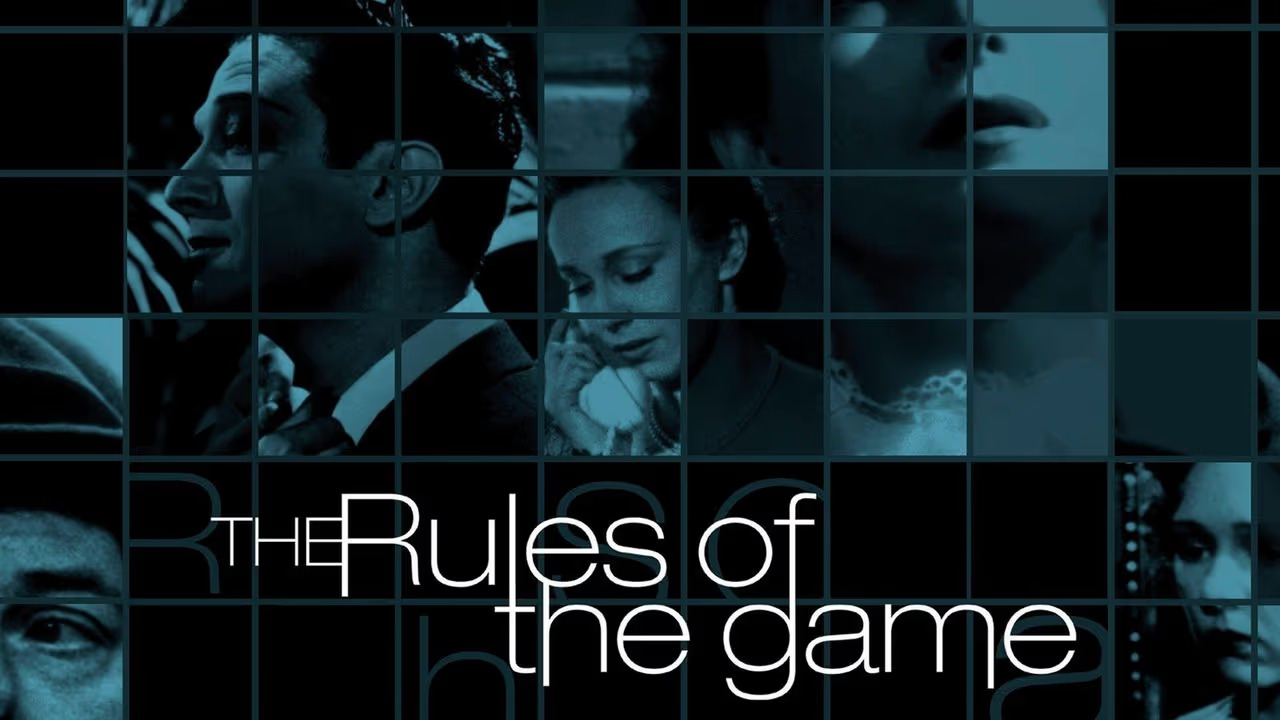
“The Rules of the Game,” directed by Jean Renoir, is a timeless classic that offers a scathing critique of the French aristocracy and society on the brink of World War II. Released in 1939, it follows the intertwining lives of various characters during a weekend hunting party at a country estate, exposing the hypocrisy and moral decay beneath their refined façades. Through its sharp wit, intricate ensemble cast, and innovative storytelling techniques, the film remains a landmark in cinema history, influencing generations of filmmakers. Enter the sophisticated world of “The Rules of the Game” and unravel its rich layers of social commentary.
Read More About The Rules Of The Game: 39 Facts About The Movie The Rules Of The Game
19
of 33
Sunset Blvd.

“Sunset Blvd.,” directed by Billy Wilder, is a haunting film noir that offers a chilling glimpse into the dark underbelly of Hollywood. Released in 1950, it follows the faded silent film star Norma Desmond as she descends into madness while clinging to her delusions of stardom. Through its gripping narrative, sharp dialogue, and unforgettable performances by Gloria Swanson and William Holden, the film exposes the ruthlessness and emptiness lurking behind the glamour of the silver screen. Step into the shadowy world of “Sunset Blvd.” and uncover its enduring legacy to modern-day cinema.
Read More About Sunset Blvd.: 48 Facts About The Movie Sunset Blvd.
20
of 33
The Seventh Seal

“The Seventh Seal,” directed by Ingmar Bergman, is a profound and existential masterpiece that explores the nature of faith, mortality, and the human condition. Released in 1957, it follows a disillusioned knight returning from the Crusades who plays a game of chess with Death in a desperate bid for answers. Through its stark imagery, philosophical dialogue, and haunting atmosphere, the film delves into timeless questions about life’s meaning, and the existence of God. Enter the enigmatic world of “The Seventh Seal” and contemplate its profound themes.
Read More About The Seventh Seal: 33 Facts About The Movie The Seventh Seal
21
of 33
Seven Samurai

“Seven Samurai,” directed by Akira Kurosawa, is a monumental epic that redefines the samurai genre and showcases the timeless themes of honor, sacrifice, and camaraderie. Released in 1954, it follows a group of masterless samurai who are hired to defend a village from marauding bandits. Through its gripping storytelling, dynamic characters, and breathtaking action sequences, the film transcends cultural boundaries to become a universal tale of heroism and resilience. Immerse yourself in the world of “Seven Samurai” and discover its enduring influence on the world of films.
Read More About Seven Samurai: 36 Facts About The Movie Seven Samurai
22
of 33
Schindler’s List
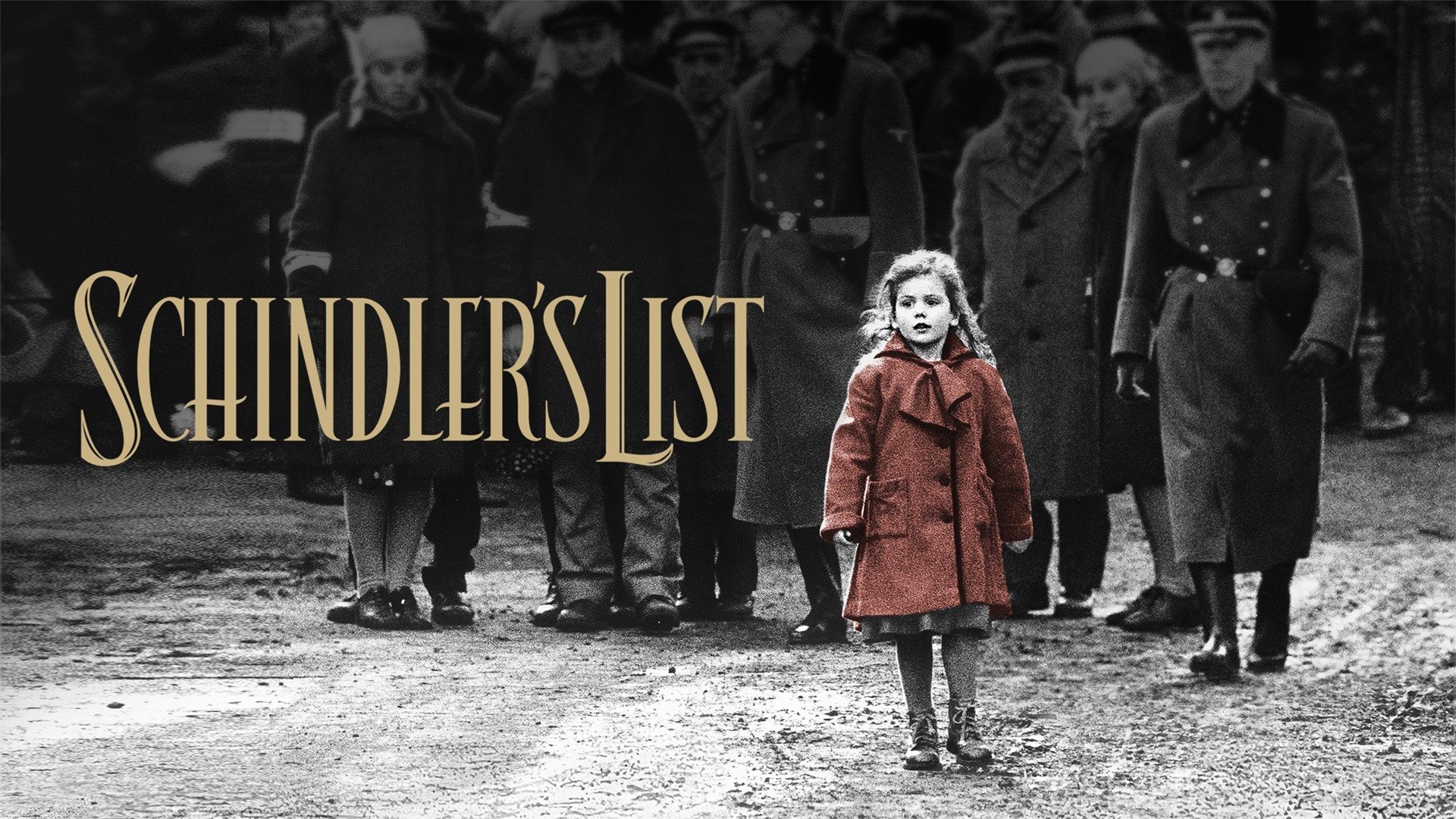
“Schindler’s List,” directed by Steven Spielberg, is a powerful and harrowing film that depicts the true story of Oskar Schindler, a German businessman who saved the lives of over a thousand Polish-Jewish refugees during the Holocaust. Released in 1993, it confronts the horrors of the Holocaust with unflinching honesty, while also celebrating acts of compassion and humanity in the face of unimaginable evil. Through its stark black-and-white cinematography, haunting score, and stellar performances, particularly by Liam Neeson and Ralph Fiennes, the film serves as a stark reminder of the atrocities of the past and the importance of bearing witness to history. Explore the profound impact of “Schindler’s List” and its enduring relevance.
Read More About Schindler’s List: 48 Facts About The Movie Schindler’s List
23
of 33
The Wizard Of Oz

“The Wizard of Oz,” directed by Victor Fleming, is a timeless classic that has enchanted audiences for generations with its magical tale of adventure and self-discovery. Released in 1939, it follows young Dorothy Gale as she journeys through the fantastical land of Oz, meeting unforgettable characters like the Scarecrow, the Tin Man, and the Cowardly Lion along the way. Through its dazzling Technicolor visuals, iconic songs, and universal themes of courage, friendship, and the longing for home, the film continues to enchant audiences of all ages. Step into the magical world of “The Wizard of Oz” and find out why it has this enduring charm.
Read More About The Wizard Of Oz: 49 Facts About The Movie The Wizard Of Oz
24
of 33
A Space Odyssey
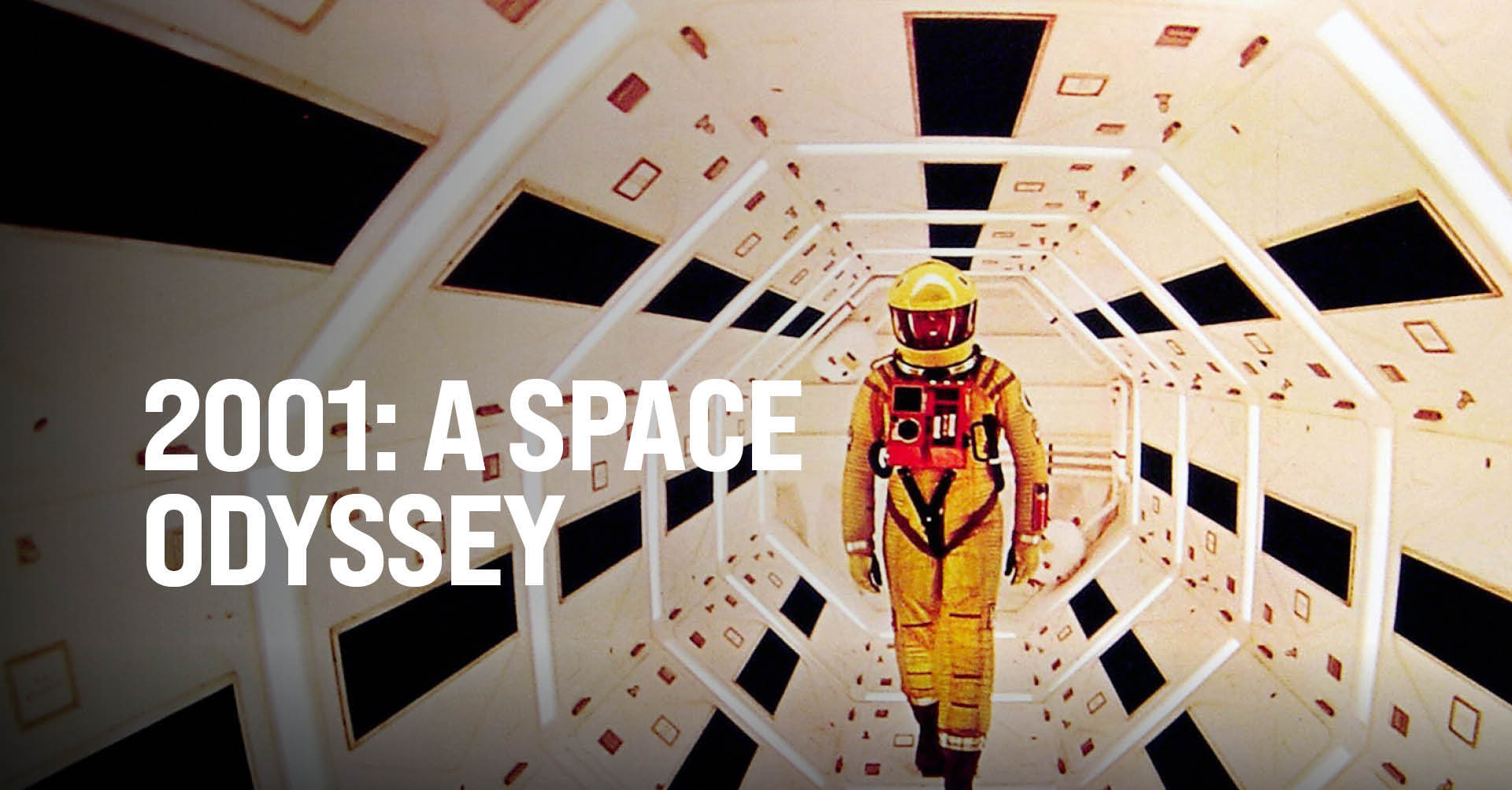
“2001: A Space Odyssey,” directed by Stanley Kubrick, is a ground-breaking science fiction masterpiece that explores the evolution of humanity and the mysteries of the cosmos. Released in 1968, it follows a voyage to Jupiter aboard the spacecraft Discovery One, guided by the enigmatic artificial intelligence HAL 9000. Through its revolutionary visual effects, philosophical themes, and haunting score, the film transcends traditional narrative storytelling to create a transcendent cinematic experience that continues to provoke human thought. Climb aboard to explore the cosmos with “2001: A Space Odyssey.”
Read More About A Space Odyssey: 48 Facts About The Movie 2001: A Space Odyssey
25
of 33
The Godfather
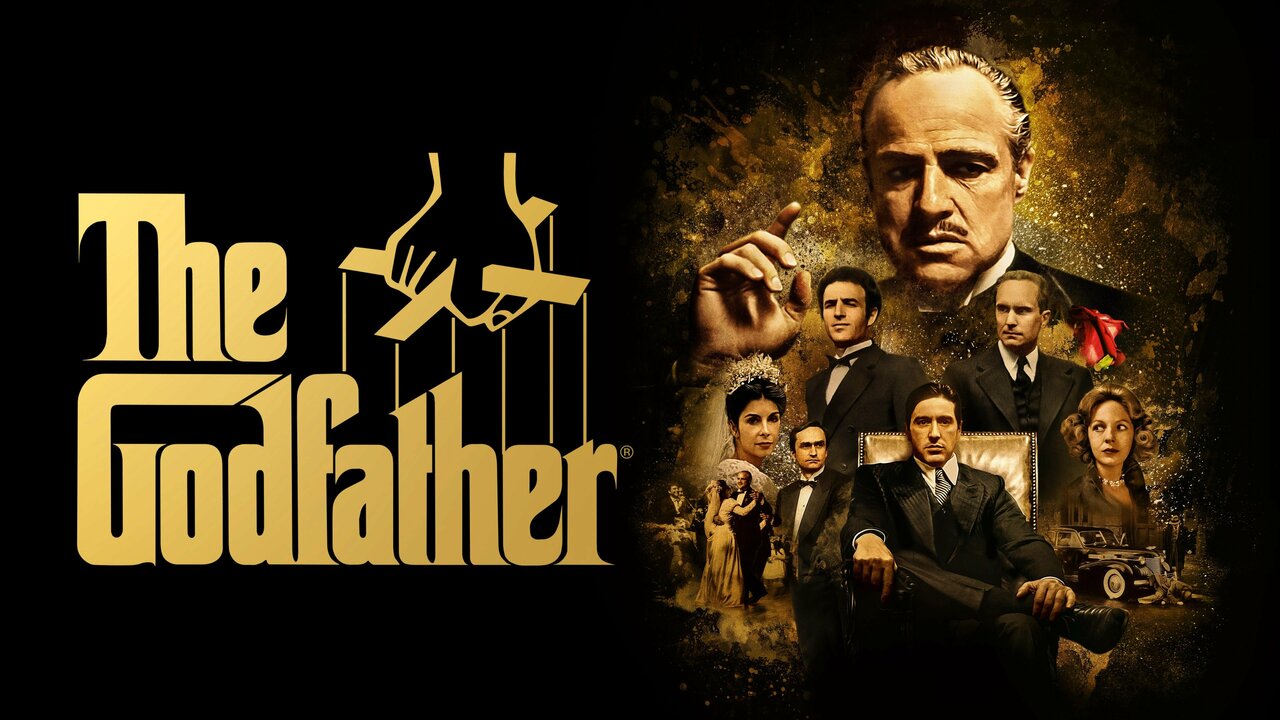
“The Godfather,” directed by Francis Ford Coppola, is an iconic crime drama that chronicles the epic saga of the Corleone family, one of the most powerful crime syndicates in America. Released in 1972, it follows the transformation of Michael Corleone from reluctant outsider to ruthless Mafia boss as he navigates the treacherous world of organized crime. Through its intricate storytelling, complex characters, and powerful performances by Marlon Brando, Al Pacino, and many others, the film has set a new standard for the gangster genre and considered a timeless classic. Would you dare enter the shadowy underworld of “The Godfather?”
Read More About The Godfather: 41 Facts About The Movie The Godfather
26
of 33
Psycho

“Psycho,” directed by Alfred Hitchcock, is a landmark psychological thriller that redefined the horror genre and shocked audiences with its chilling narrative and imaginative film techniques. Released in 1960, it follows the unsettling story of Marion Crane, who encounters the enigmatic Norman Bates at the secluded Bates Motel. Through its suspenseful plot twists, an iconic shower scene, and Hitchcock’s masterful direction, the film subverts audience expectations and explores themes of identity, obsession, and madness. Step into the twisted world of “Psycho” and you’ll agree that its impact on cinema is lasting.
Read More About Psycho: 47 Facts About The Movie Psycho
27
of 33
Gone With The Wind
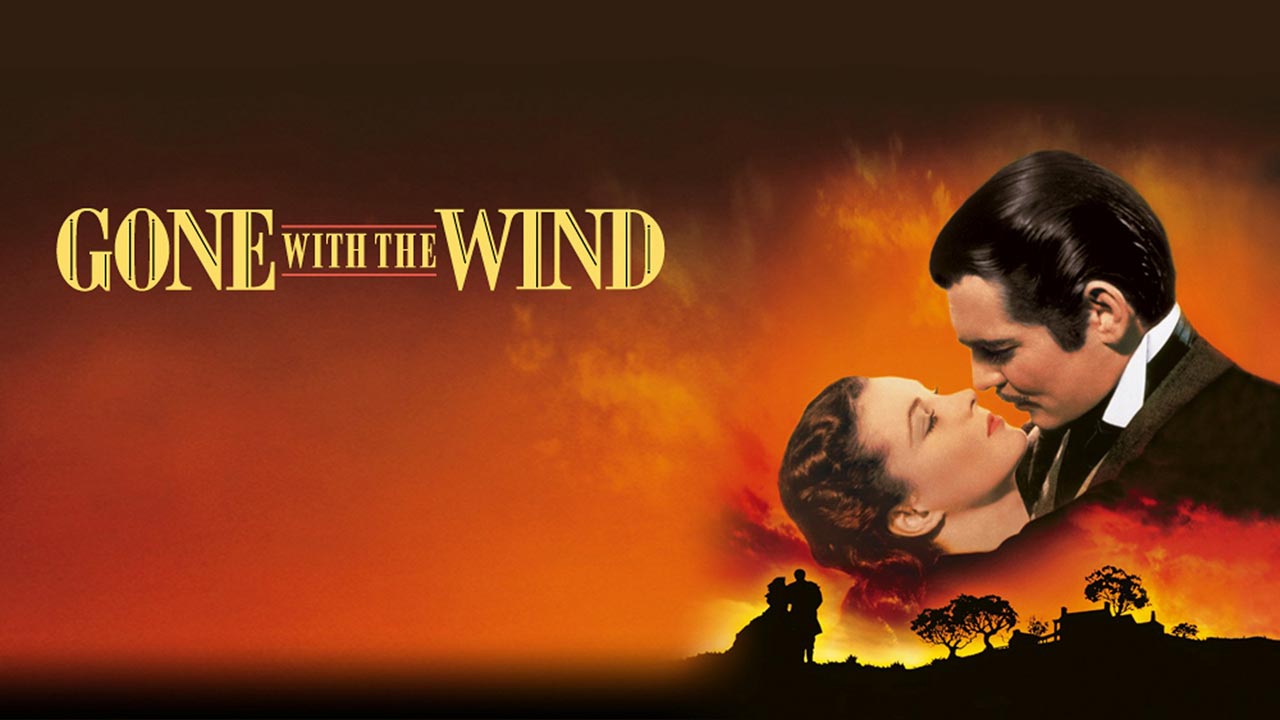
“Gone with the Wind,” directed by Victor Fleming, is an epic historical romance that has enamored audiences for decades with its sweeping story and unforgettable characters. Released in 1939, it follows the turbulent life of Southern belle Scarlett O’Hara against the backdrop of the American Civil War and Reconstruction era. Through its lavish production design, sweeping cinematography, and iconic performances by Vivien Leigh and Clark Gable, the film is a certified classic. Immerse yourself in the grandeur of “Gone with the Wind” and appreciate its enduring legacy.
Read More About Gone With The Wind: 34 Facts About The Movie Gone With The Wind
28
of 33
Citizen Kane
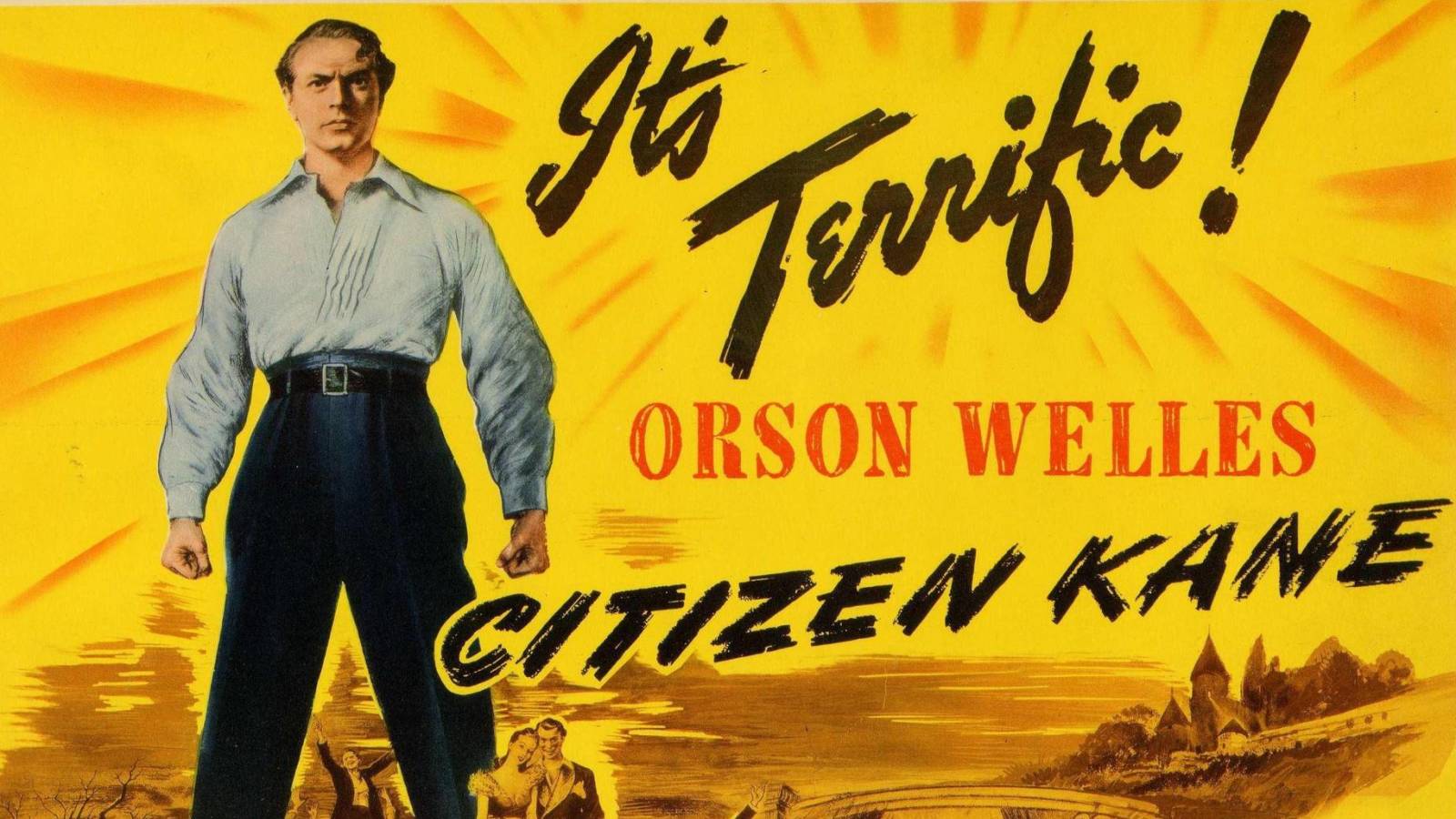
“Citizen Kane,” directed by Orson Welles, is a grand masterpiece that revolutionized cinema with its innovative storytelling techniques and compelling narrative. Released in 1941, it follows the rise and fall of newspaper magnate Charles Foster Kane through the eyes of a journalist tasked with unraveling the mystery of the man’s enigmatic last word before he died: “Rosebud.” Through its non-linear narrative structure, deep focus cinematography, and Welles’ mesmerizing performance, the film explores themes of power, ambition, and the elusive nature of truth. Delve into the cinematic brilliance of “Citizen Kane” and find out why it has endured the test of time.
Read More About Citizen Kane: 42 Facts About The Movie Citizen Kane
29
of 33
Battleship Potemkin
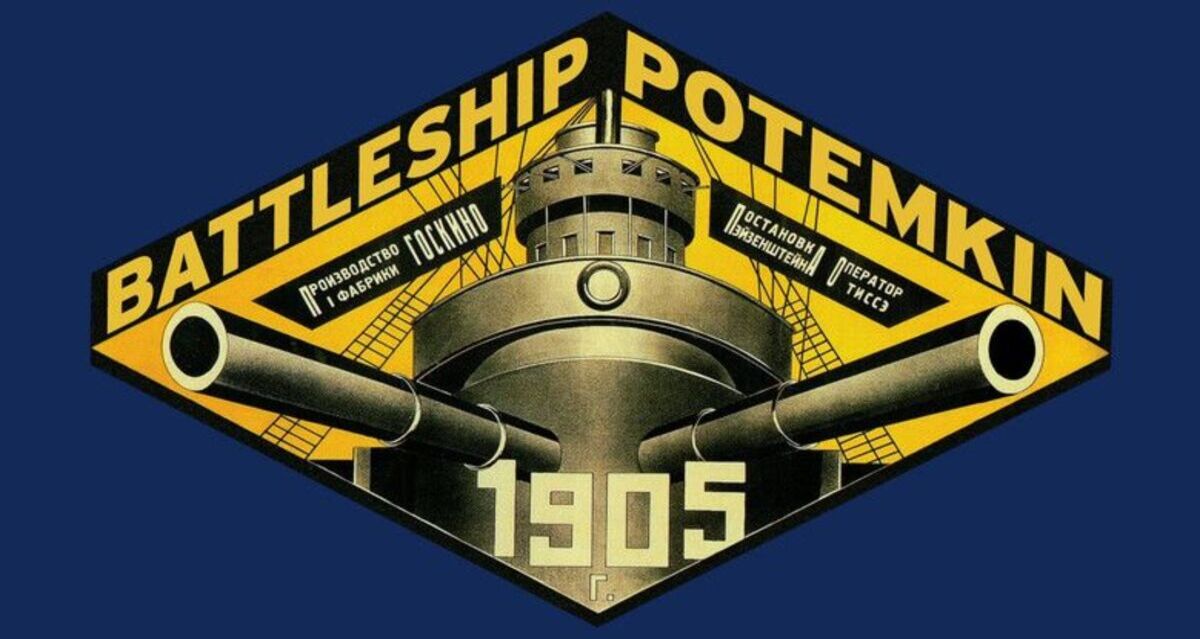
“Battleship Potemkin,” directed by Sergei Eisenstein, is an innovative silent film that served as a powerful piece of propaganda and a landmark in cinematic history. Released in 1925, it dramatizes the 1905 mutiny on the Russian battleship Potemkin and the subsequent events, depicting the struggle of the oppressed against the ruling class. Through its dynamic editing, creative montage techniques, and gripping imagery, the film achieves a visceral impact that continues to resonate with audiences and filmmakers alike.
Read More About Battleship Potemkin: 45 Facts About The Movie Battleship Potemkin
30
of 33
Nosferatu

“Nosferatu,” directed by F. W. Murnau, is a seminal silent horror film that remains a haunting and atmospheric masterpiece of the genre. Released in 1922, it is an unauthorized adaptation of Bram Stoker’s “Dracula,” featuring Max Schreck as the iconic vampire Count Orlok. Through its expressionistic visuals, eerie atmosphere, and Schreck’s chilling performance, the film creates an enduring sense of dread and fascination. Despite its early controversies and legal battles, “Nosferatu” has endured, influencing countless horror films and establishing itself as a pioneer in modern cinematic work. Enter the realm of darkness with “Nosferatu” and be awed by its enduring legacy in the world of movies.
Read More About Nosferatu: 33 Facts About The Movie Nosferatu
31
of 33
Metropolis

“Metropolis,” directed by Fritz Lang, is a pioneering science fiction film that dazzles audiences with its visionary depiction of a futuristic dystopian city. Released in 1927, it follows the story of Freder, the son of the city’s ruler, who discovers the harsh realities faced by the workers who labor underground. Through its ground-breaking special effects, elaborate set designs, and social commentary on class division and industrialization, the film rhas become a cinematic marvel that continues to astound audiences globally. Journey into the mesmerizing world of “Metropolis” and see how it reinvented science fiction.
Read More About Metropolis: 32 Facts About The Movie Metropolis
32
of 33
The Birth Of A Nation
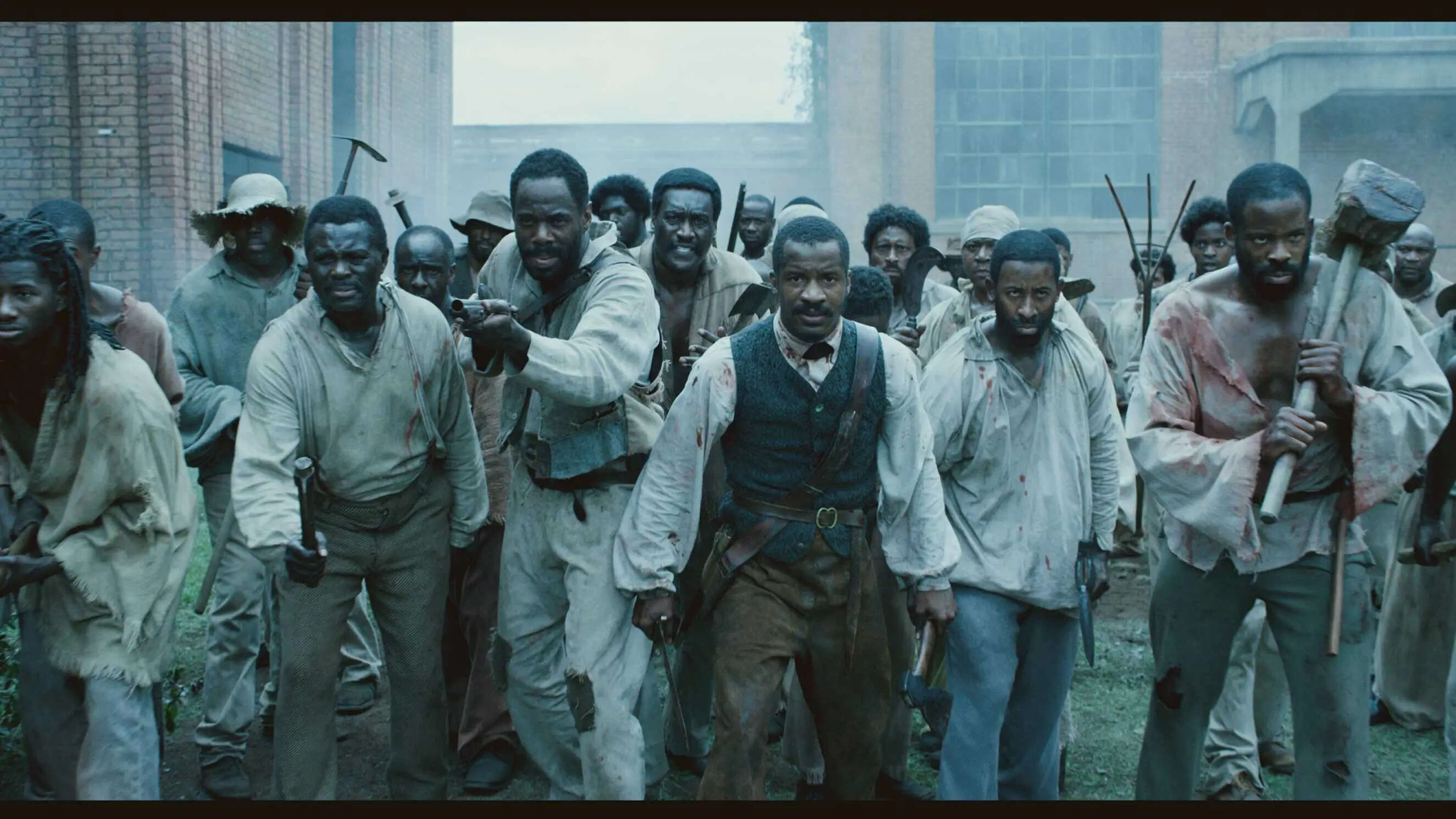
“The Birth of a Nation,” directed by D.W. Griffith, is a controversial yet influential epic that revolutionized filmmaking with its technical innovations and sweeping narrative scope. Released in 1915, it chronicles the Civil War and Reconstruction era through the lens of two families: the Northern Stonemans and the Southern Camerons. Despite its use of advanced editing techniques, the film’s glorification of the Ku Klux Klan and racist depiction of African Americans have sparked considerable debate and condemnation. However, its impact on the medium of cinema cannot be denied, as it set new standards for visual storytelling. Learn more about the complexity of “The Birth of a Nation” and its lasting impact on filmmaking.
Read More About The Birth Of A Nation: 46 Facts About The Movie The Birth Of A Nation
33
of 33
Breathless
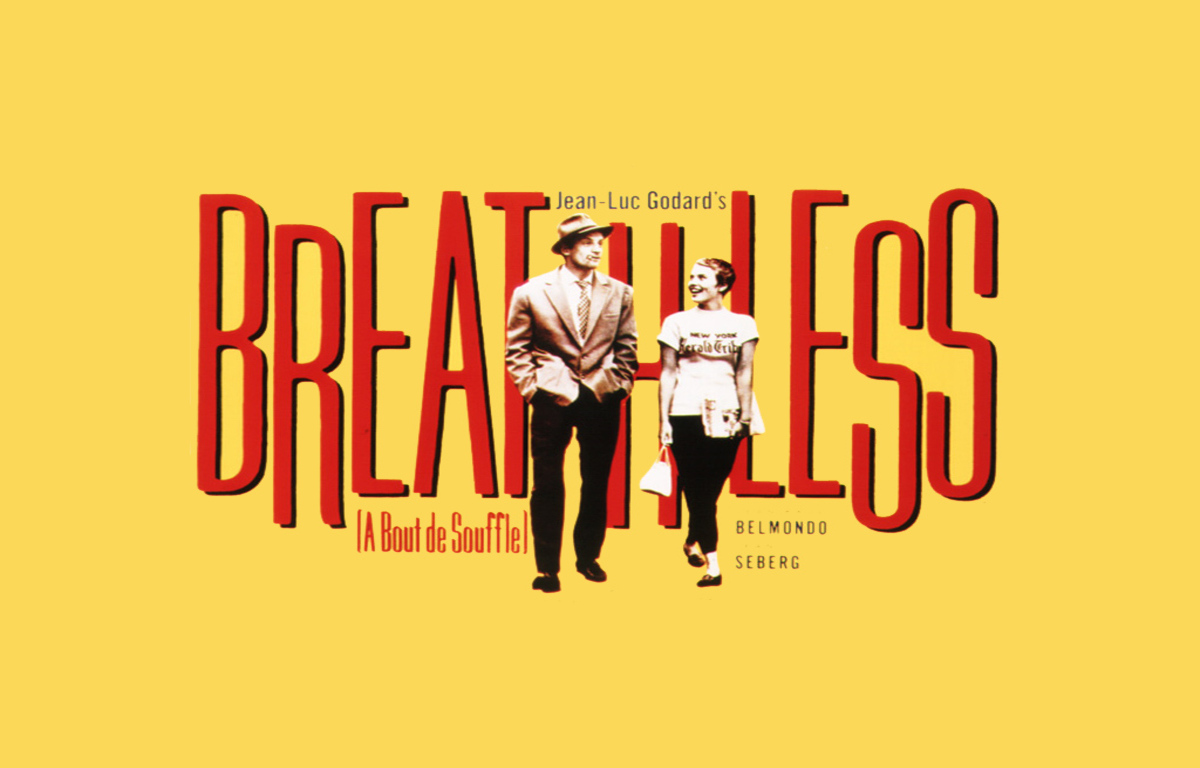
“Breathless,” directed by Jean-Luc Godard, is a seminal French New Wave film that defies traditional narrative conventions and captures the spirit of youthful rebellion. Released in 1960, it follows the charismatic yet aimless Michel as he goes on a crime spree with his American girlfriend Patricia. Through its improvisational style, jump cuts, and existential themes, the film reflects the disillusionment of post-war youth and challenges cinematic norms. With its innovative approach to storytelling and iconic performances by Jean-Paul Belmondo and Jean Seberg, “Breathless” achieved landmark status in cinema history, influencing generations of filmmakers.
Read More About Breathless: 48 Facts About The Movie Breathless
Was this page helpful?
Our commitment to delivering trustworthy and engaging content is at the heart of what we do. Each fact on our site is contributed by real users like you, bringing a wealth of diverse insights and information. To ensure the highest standards of accuracy and reliability, our dedicated editors meticulously review each submission. This process guarantees that the facts we share are not only fascinating but also credible. Trust in our commitment to quality and authenticity as you explore and learn with us.
